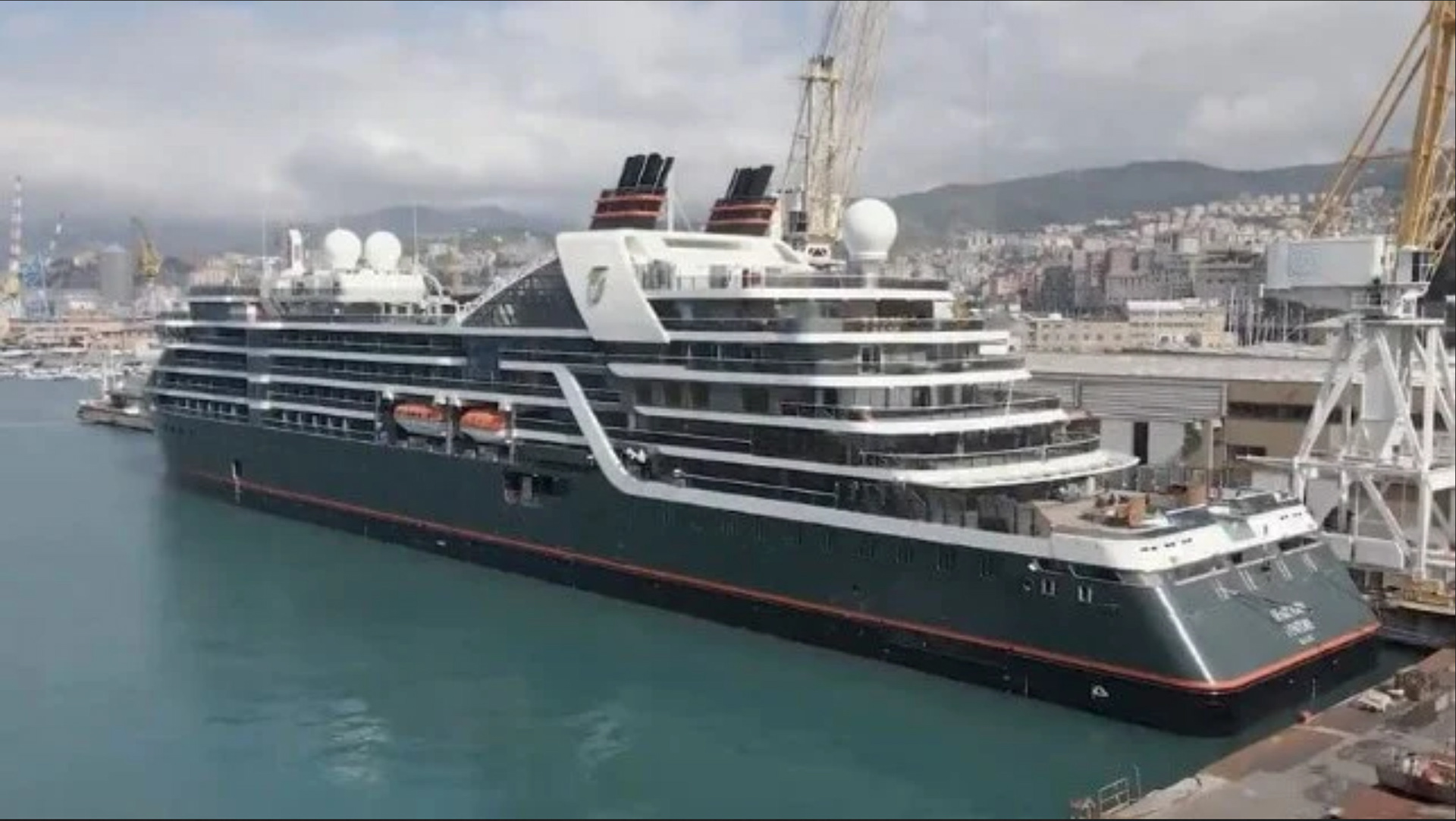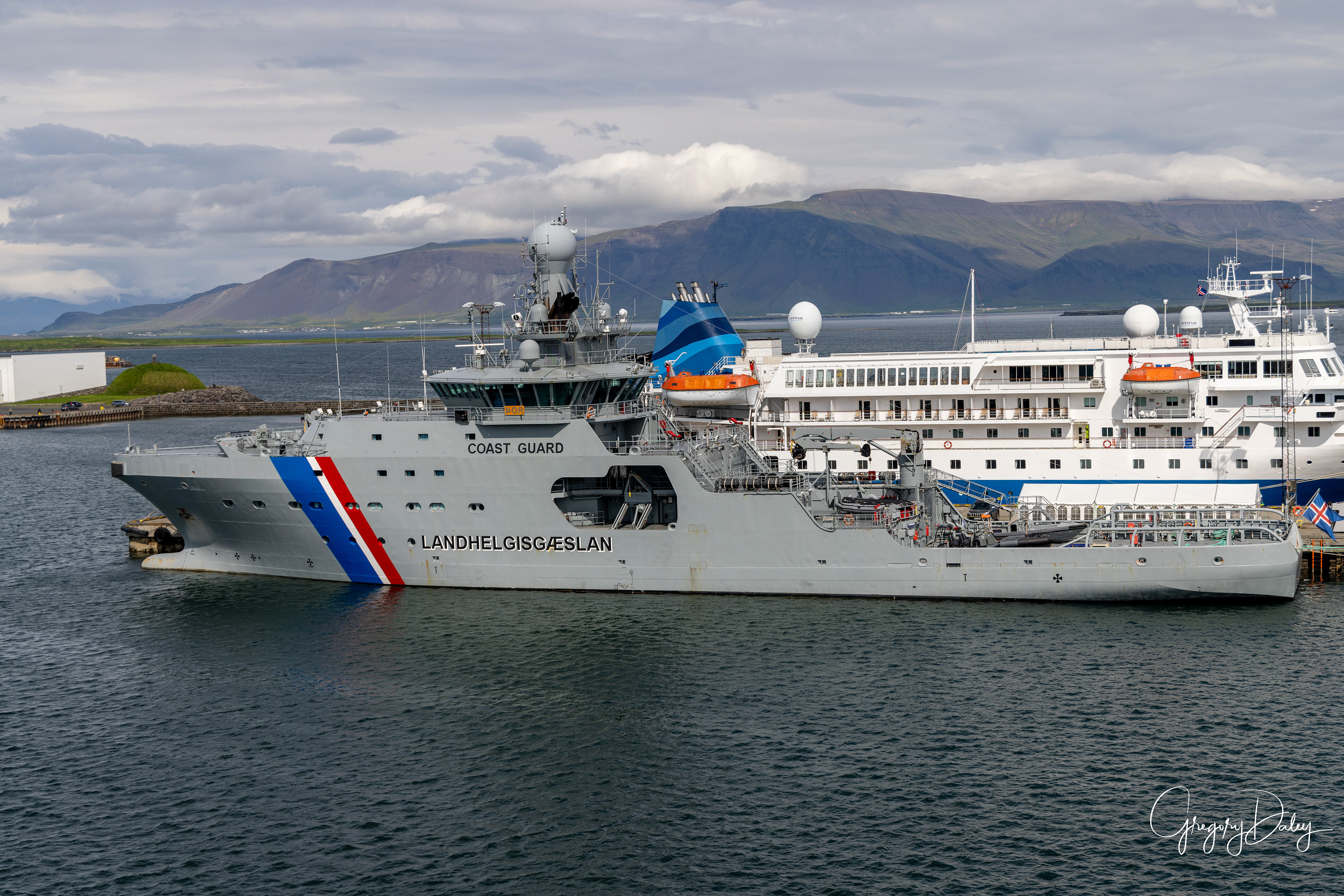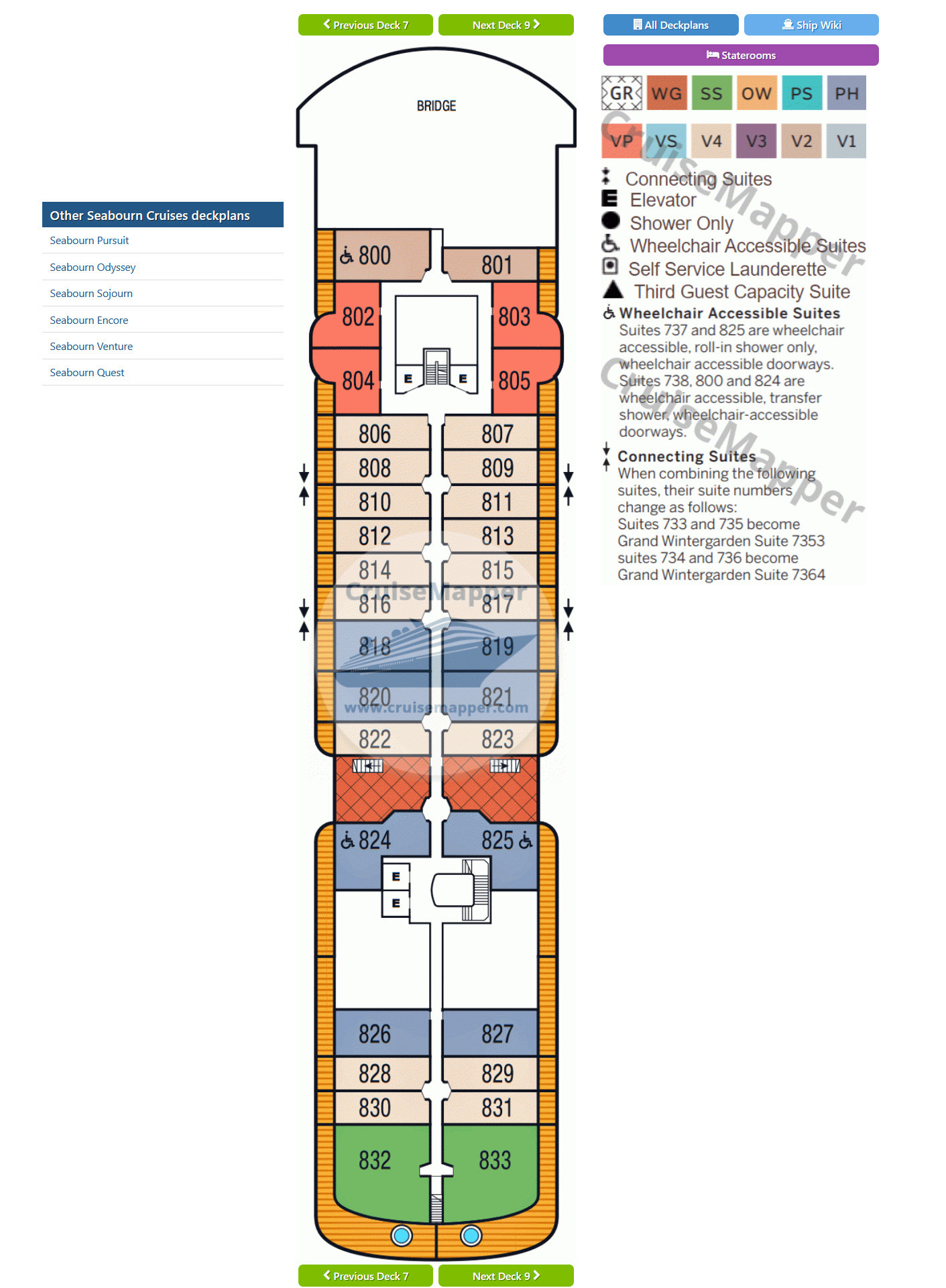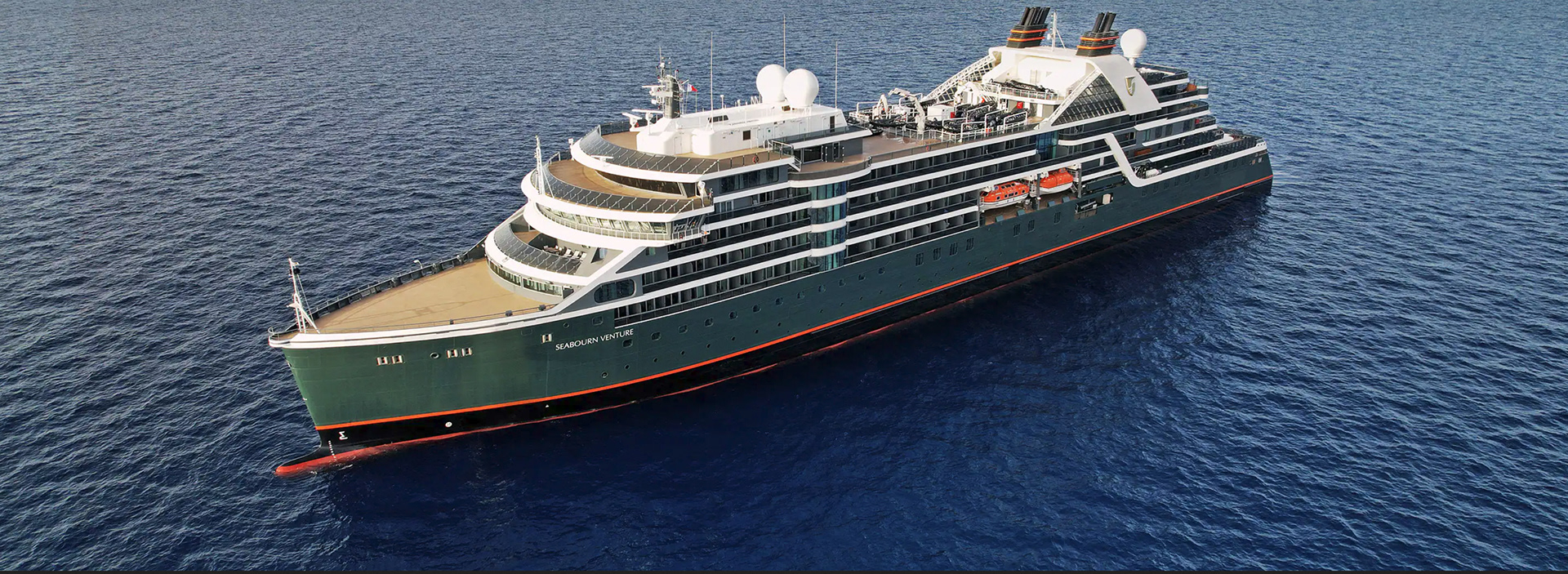








Sunday, 7/2/23
Embark the Expedition Ship Seabourn Venture
and Depart Reykjavik, Iceland
The transfer from the hotel to the ship went off without a hitch. My two Pelican cases, backpack and myself made it to the ship without incident. Went through the usual security checks and was issued my ID card/room key. They have all of this down to such a science. Found a Large instead of 2XL parka in my room. Went through the exchange process. I really like the parkas, they are light weight and waterproof. Then there is an extra inside layer if you need more warmth. You can't miss them in the photos. They are an off-yellow Helly Hansen expedition gear product.
Went through the safety training and briefings. Had a wonderful meal in the Restaurant. The food is really great here. Early bed to be ready for a busy day tomorrow. Smooth sailing during the evening.
Reykjavik
Reykjavík is the capital and largest city of Iceland. It is located in southwestern Iceland, on the southern shore of Faxaflói bay. Its latitude is 64°08' N, making it the world's northernmost capital of a sovereign state. With a population of around 131,136 it is the center of Iceland's cultural, economic, and governmental activity, and is a popular tourist destination.
HISTORY
According to legend, the first permanent Norse settlement in Iceland was established at Reykjavík by Ingólfr Arnarson around the year AD 870, as described in the Book of Settlement.
Ingólfr is said to have decided the location of his settlement using a traditional Norse method: when land was in sight, he cast his high seat pillars overboard and promised to settle where the gods decided to bring them ashore. Two of his slaves then searched the coast for three years before finding the pillars in the bay which eventually became the site of Reykjavík.
Etymology
The name is of Old Norse origin, derived from the roots reykr ('smoke') and vík ('bay'). The name is said to be inspired by steam rising from hot springs in the region.
The name has been translated as Bay of Smoke in English language travel guides, or variations thereof, such as Smoky Bay, Smoke Cove, Steam Bay, etc.
Climate
Reykjavík has a subpolar oceanic climate closely bordering on a continental subarctic climate in the 32°F isotherm.
At 64° North, Reykjavik is characterized by extremes of day and night length over the course of the year. From 20 May to 24 July, daylight is essentially permanent as the sun never gets more than 5° below the horizon. Day length drops to less than five hours between 2 December and 10 January. The sun climbs just 3° above the horizon during this time. However, day length begins increasing rapidly during January and by month's end there are seven hours of daylight.
Despite its northern latitude, temperatures very rarely drop below 5 °F in the winter. The proximity to the Arctic Circle and the strong influence of the North Atlantic Current, an extension of the Gulf Stream shape a relatively mild winter and cool summer. The city's coastal location does make it prone to wind, however, and gales are common in winter (influence of the Icelandic Low). Summers are cool, with temperatures fluctuating between 50 and 59 °F, rarely exceeding 68 °F. This is a result of exposure to the maritime winds in its exposed west coast location that causes it to be much cooler in summer than similar latitudes in mainland Scandinavia.
Contrasting this, winter days are milder than anywhere in far southern Sweden and the vast majority of Denmark. Reykjavík averages 147 days of rain (more than 1 mm) per year. Droughts are uncommon, although they occur in some summers. July and August are the warmest months of the year on average and January and February the coldest.
In the summer of 2007, no rain was measured for one month. Summer tends to be the sunniest season, although May averages the most sunshine of any individual month. Overall, the city receives around 1,300 annual hours of sunshine, which is comparable with other places in northern and north-western Europe such as Ireland and Scotland, but substantially less than equally northern regions with a more continental climate, including the Bothnian Bay basin in Scandinavia.
Nonetheless, Reykjavík is one of the cloudiest and coolest capitals of any nation in the world. The highest temperature recorded in Reykjavík was 78 °F, reported on 30 July 2008, while the lowest-ever recorded temperature was −12 °F, recorded on 21 January 1918. The coldest month on record is January 1918, with a mean temperature of 19 °F. The warmest is July 2019, with a mean temperature of 56 °F.
Main sights
Alþingishúsið – the Icelandic parliament building.
▪ Austurvöllur – a park in central Reykjavík surrounded by restaurants and bars
▪ Árbæjarsafn (Reykjavík Open Air Museum) – Reykjavík's Municipal Museum
▪ CIA.IS – Center for Icelandic Art – general information on Icelandic visual art
▪ Hallgrímskirkja – the largest church in Iceland
▪ Harpal Reykjavík – Reykjavík Concert & Conference Center
▪ Heiðmörk – the largest forest and nature reserve in the area
▪ Höfði – the house in which Gorbachev and Reagan met in 1986 for the Iceland Summit
▪ Kringlan – the second-largest shopping mall in Iceland
▪ Laugardalslaug – swimming pool
▪ Laugavegur – main shopping street
▪ National and University Library of Iceland (Þjóðarbókhlaðan)
▪ National Museum of Iceland (Þjóðminjasafnið)
▪ Nauthólsvík – a geothermally-heated beach
▪ Perlan – a glass dome resting on six water tanks
▪ Reykjavík Town Hall – city hall
▪ Rauðhólar – a cluster of red pseudo- craters
▪ Reykjavík 871±2 – exhibition of an archaeological excavation of a Viking-age longhouse, from about AD 930
▪ Reykjavik Art Museum – the largest visual art institution in Iceland
▪ Reykjavík Botanic Garden
▪ Reykjavík Maritime Museum – a maritime museum by the old harbour
▪ Safnahúsið, culture house, National Centre for Cultural Heritage (Þjóðmenningarhúsið)
▪ Tjörnin – a small lake in central Reykjavík
▪ University of Iceland